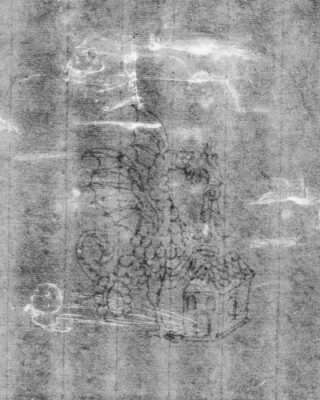The white balance adjusts the scanner’s camera to the prevailing lighting conditions to ensure a uniform color temperature and thus constant image quality. The color sensitivity of the sensor is thereby adjusted to the respective lighting conditions.
The perception of white is strongly dependent on the environment and the respective light source. In daylight, a pure white appears colder than in fluorescent light, for example, where it appears greener. Even in a controlled environment, this can become a problem.
While the human eye or brain can adjust to the respective light situation and quasi intuitively performs a white balance and compensates for color casts, a digital camera mercilessly reproduces them: If the digital camera is set to daylight, for example, and the picture is taken in artificial light, the image will appear reddish.
A user-defined white balance directly during installation therefore guarantees accurate colors right from the start. Since a change in the lighting environment always necessitates a new white balance, a constant and uniform lighting situation should generally be ensured when using planetary scanners.
White balance should be achieved by means of a full-format scan of a surface that is as white or at least neutral gray as possible. Plain white paper is often used for this purpose, but it often contains optical brighteners and can therefore lead to distorted results with color casts.
At book2net, we therefore use high-precision, spectrally neutral white balance targets to ensure precise user-defined, in-camera white balance under local lighting conditions.

